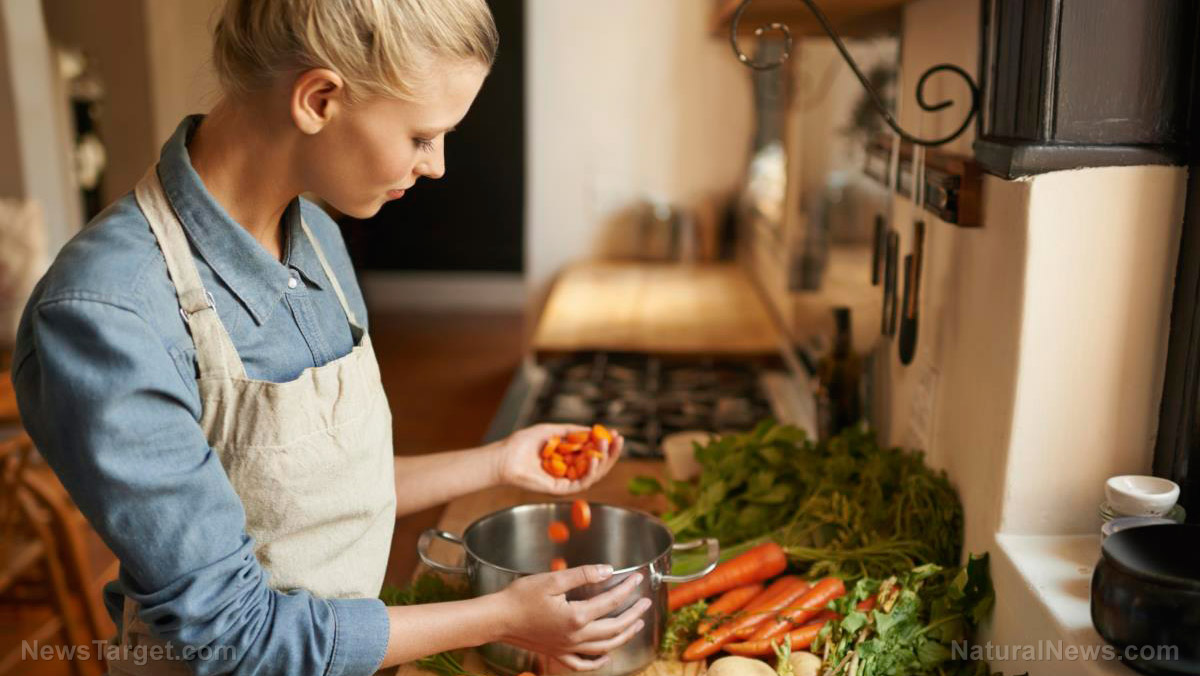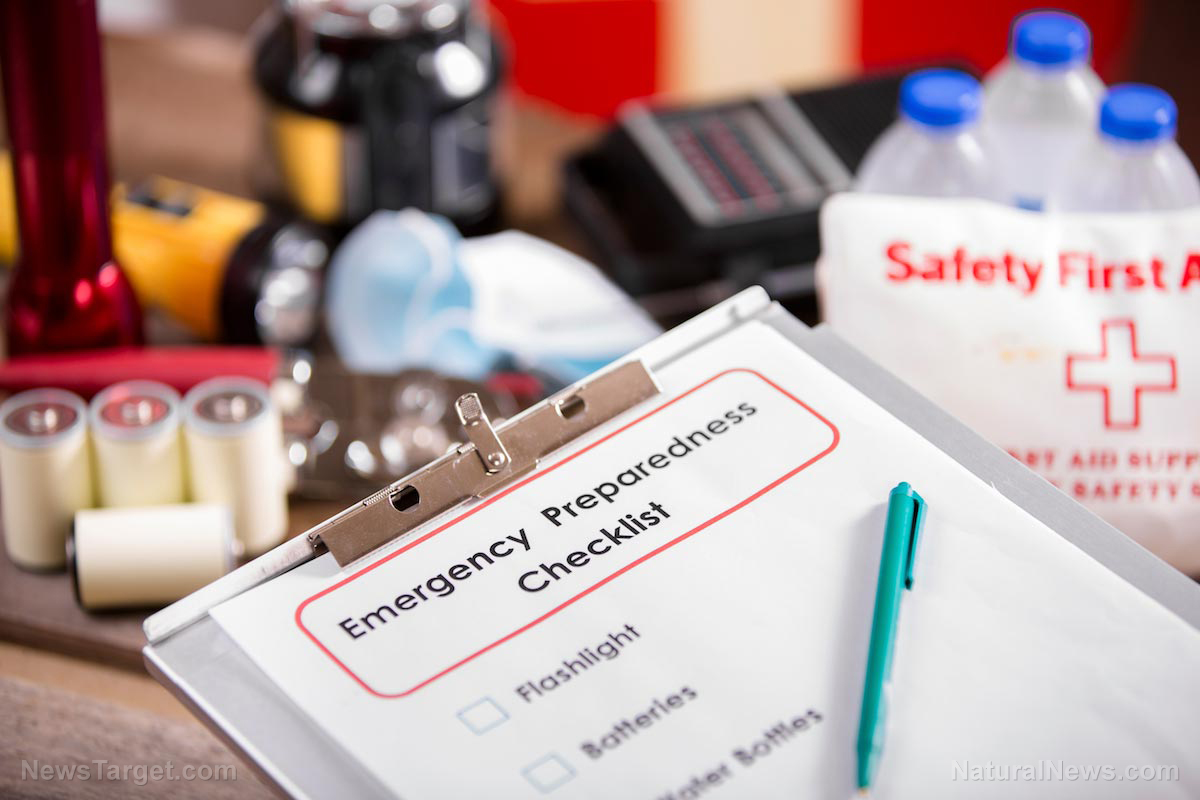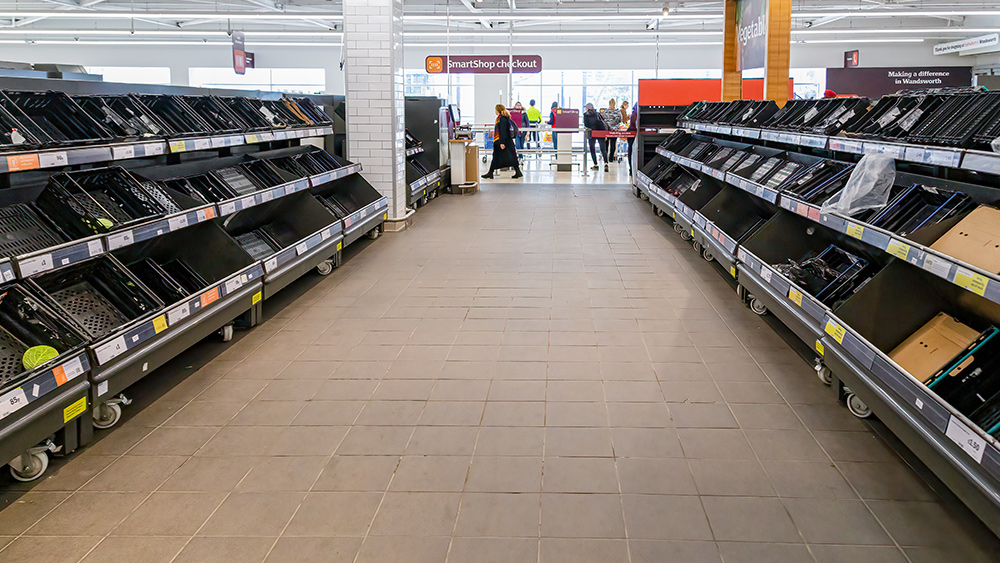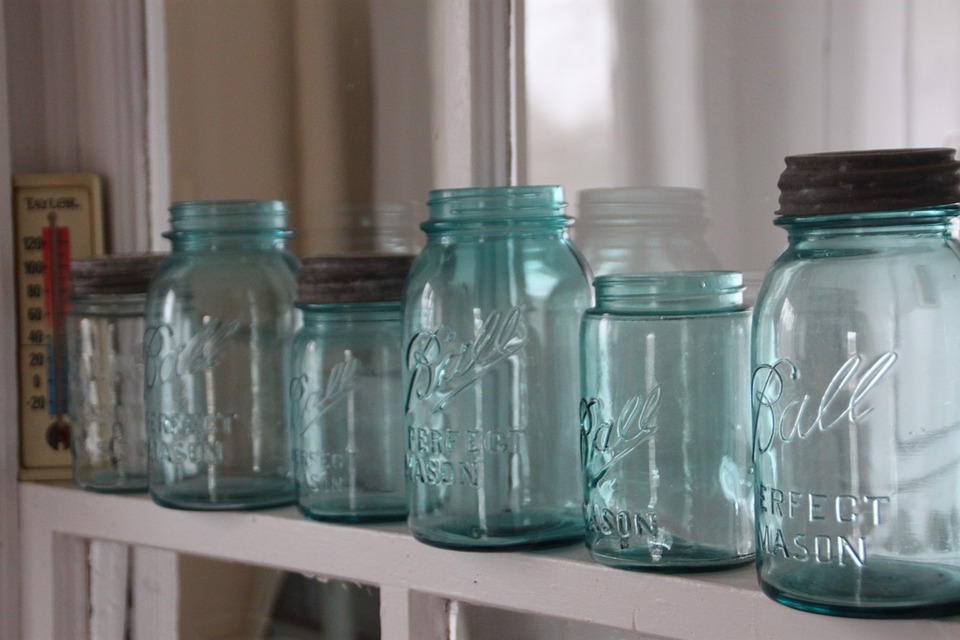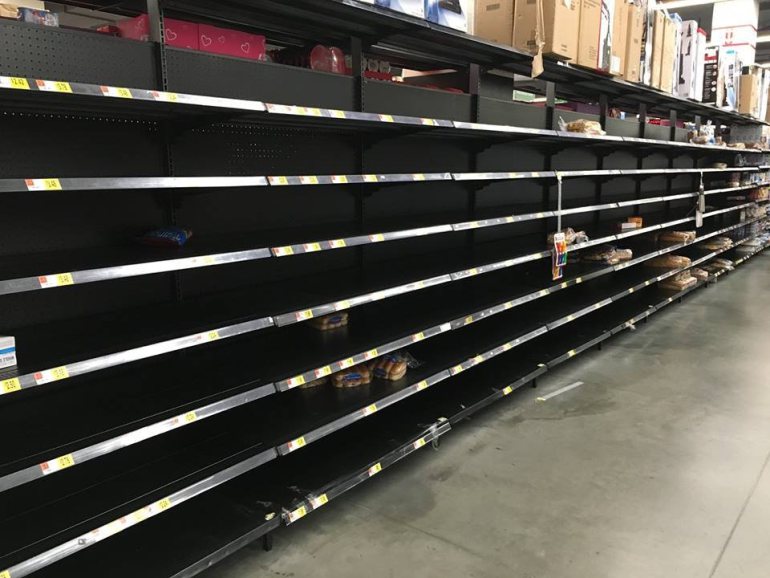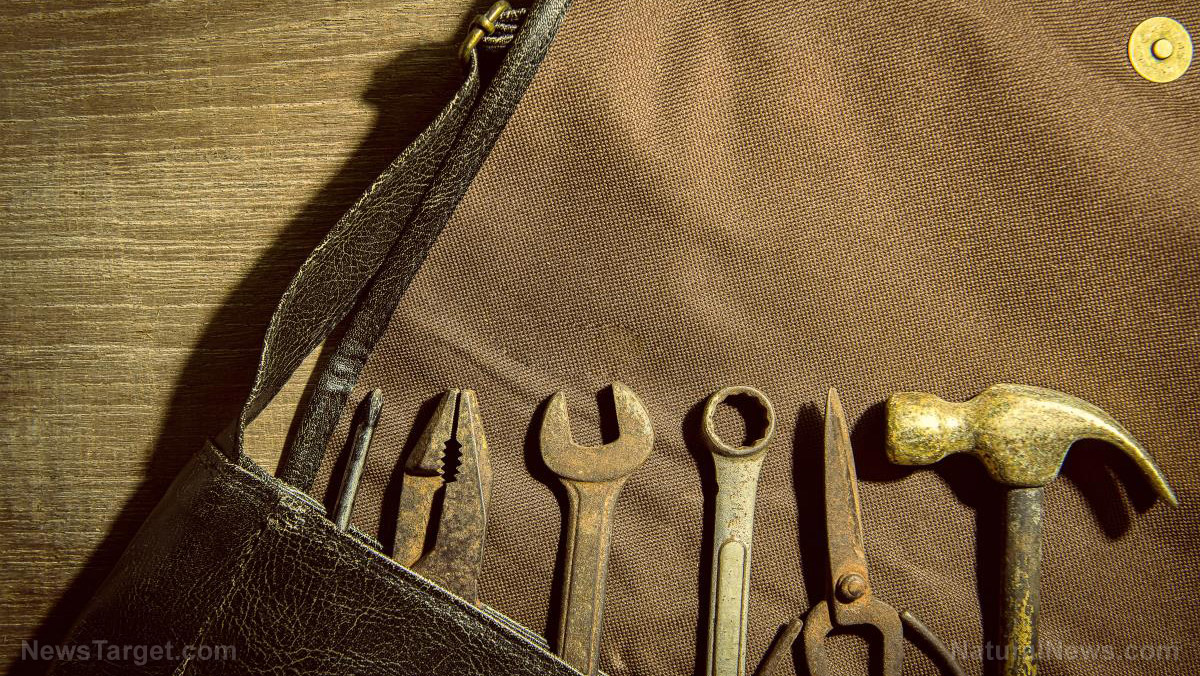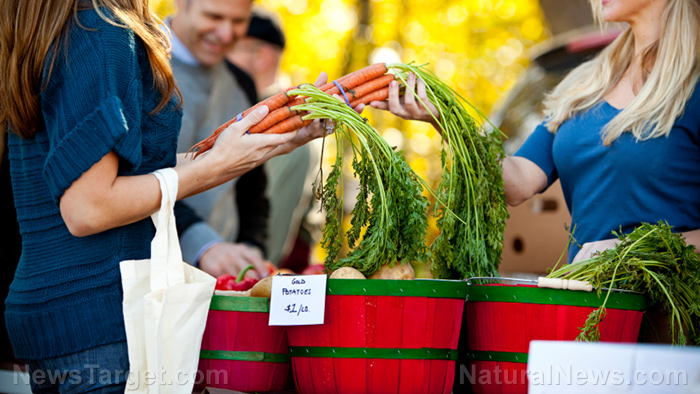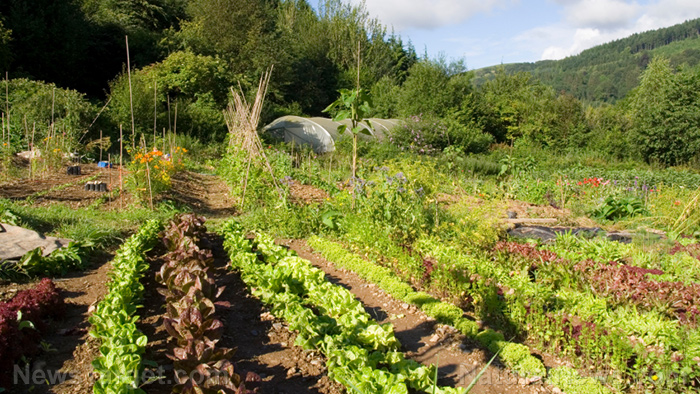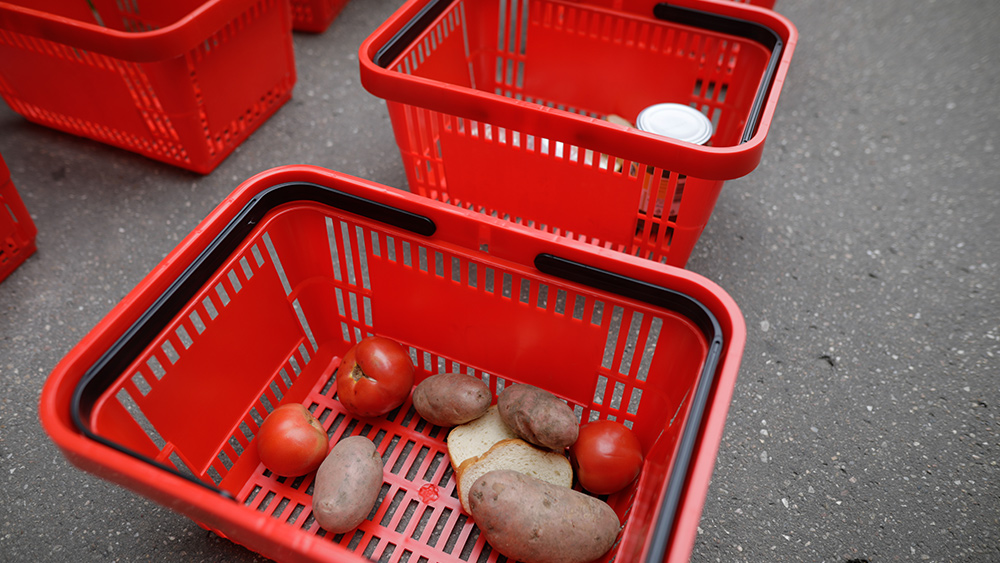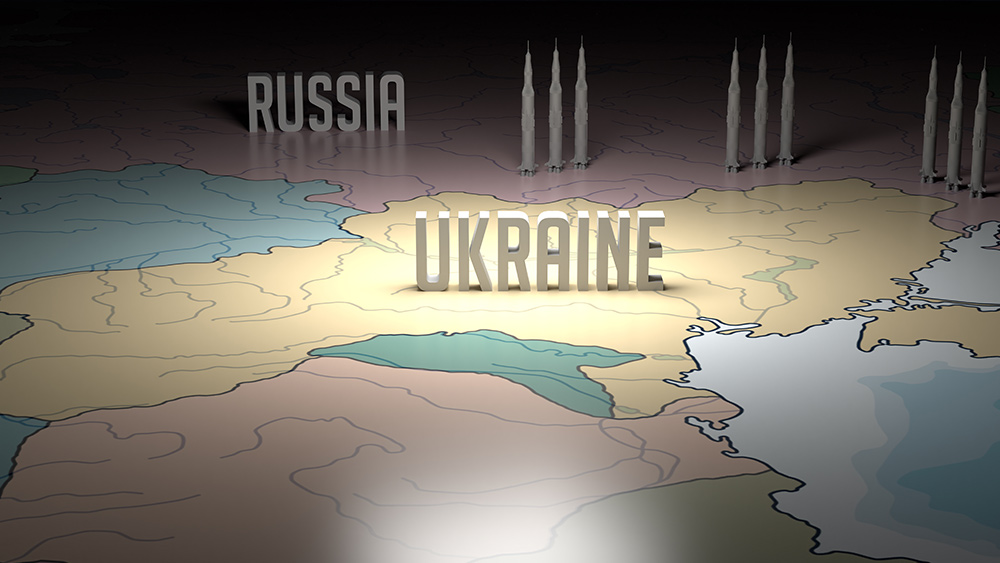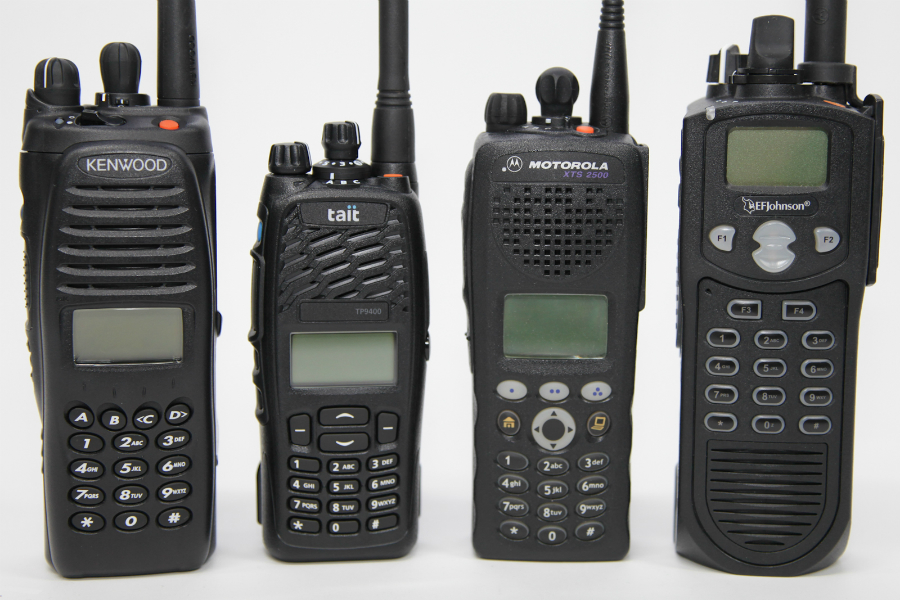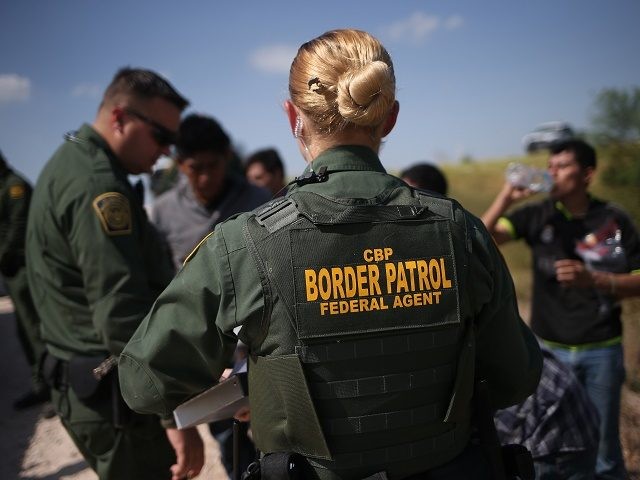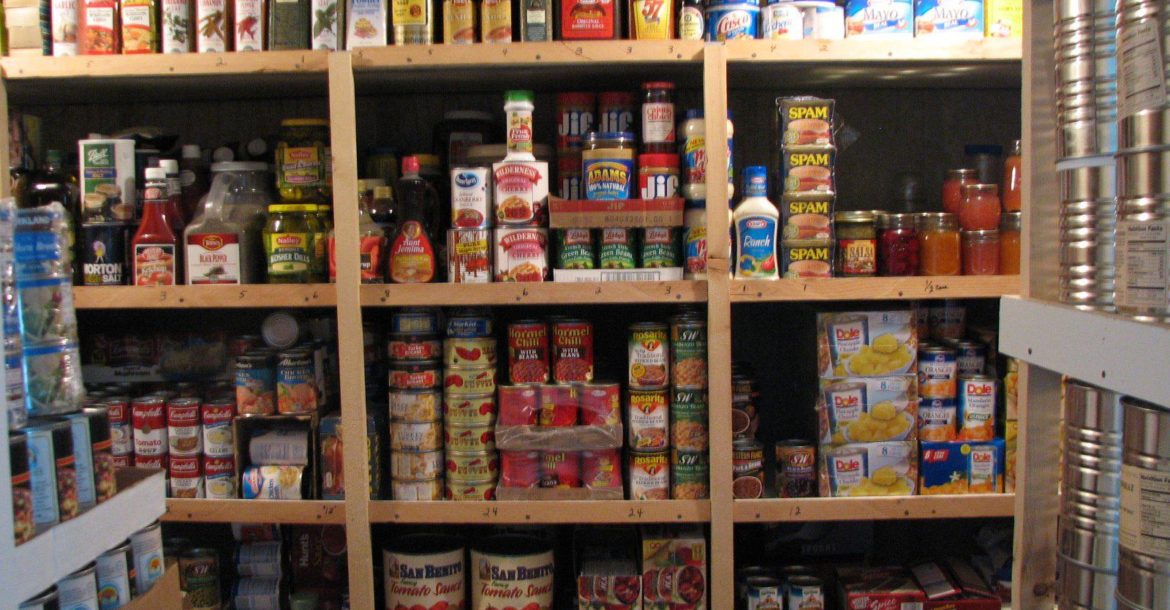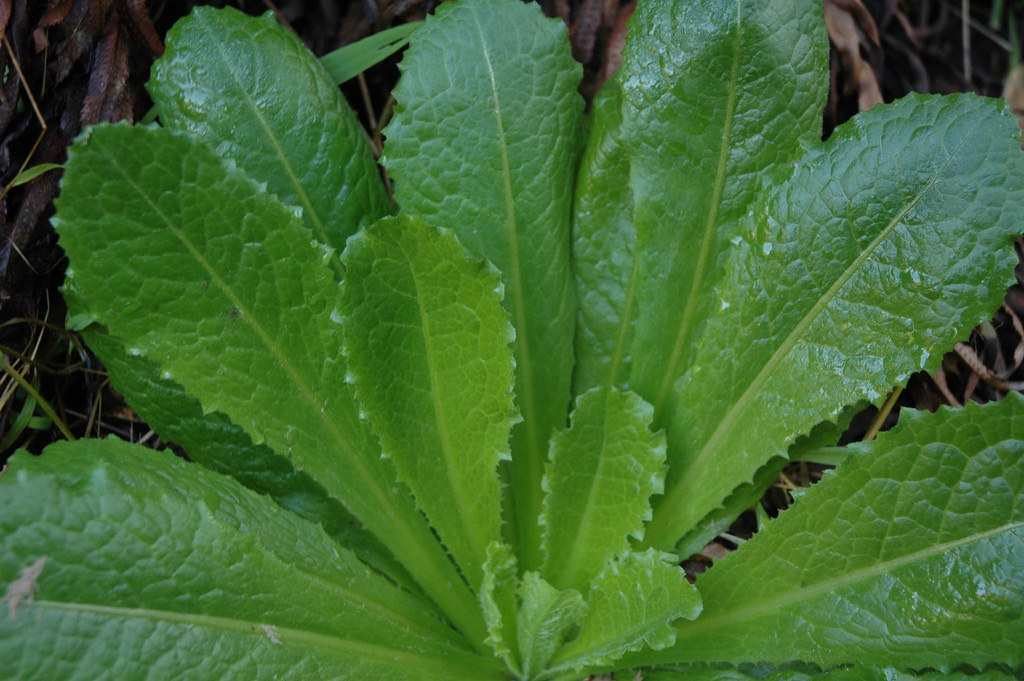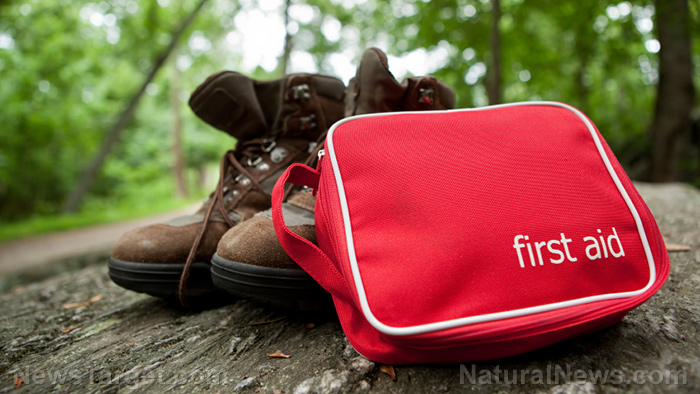Home gardening basics: Knowing when to start seeds indoors
04/26/2022 / By Zoey Sky
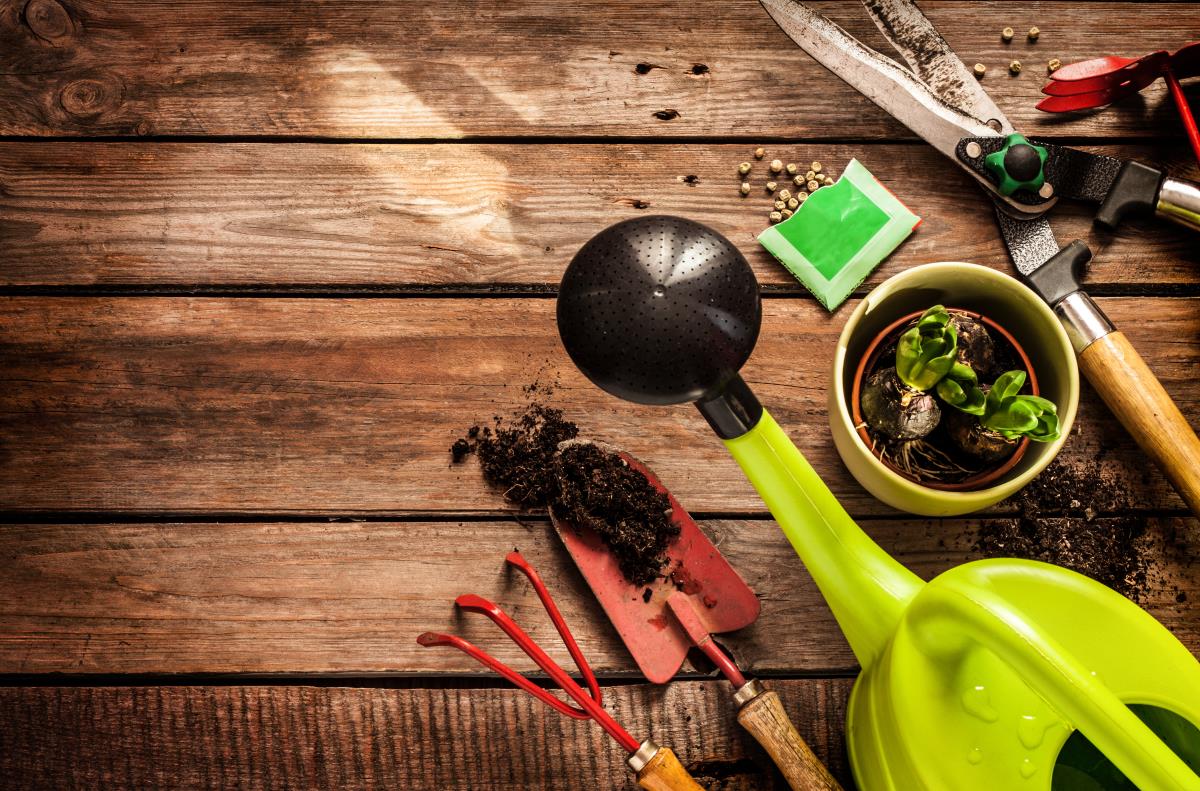
As a home gardener, knowing how to grow your own plants from seed is very rewarding. This helps save money and opens up your growing potential to various plants not often available in local stores and greenhouses. (h/t to OldWorldGardenFarms.com)
Once you understand the basics of seed starting, you can grow unique and delicious heirloom tomatoes, peppers and other specialty vegetable plants in your home garden.
After you get your seeds, knowing when to start them indoors is key to a plant’s overall growing success. Proper seed starting can spell the difference between healthy, vibrant mature plants, or ones that die off immediately.
Don’t start too early or too late
Vegetable and flower seeds should be started indoors at the right time to ensure that they are large enough to be transplanted. However, you also need to make sure that they don’t get so big that they are difficult to manage and keep alive until planting day.
If allowed to grow too long indoors, seedlings will often get too large for their containers. When that happens, their roots become crowded and the plants suffer if you don’t transplant them into a larger container.
This can waste your time and be hard on the plant since the more a plant has to adjust to new soil, the more it affects its future growth potential.
Tips for large transplants
Plants need time and energy to adjust to new soil. When you transplant, the growth of plants is naturally delayed as they adjust.
Lastly, an oversized transplant can have more issues after you move it to its permanent home outdoors.
Overly large transplants may have trouble supporting their own weight. They can fall over if their roots aren’t properly established in the soil.
But if a transplant is just the right size, it can easily and quickly adjust and continue growing. Even if you don’t grow your own vegetables and flowers from seed, always select transplants at the store that are moderately sized.
Avoid overgrown, large transplants because mid-sized plants will set their roots better and grow faster. Mid-sized plants can sometimes surpass larger plants within weeks once planted in the garden.
What happens when you plant seeds too late?
Starting seeds too late will cause many issues for young transplants. Without enough time to grow and develop their roots, immature seedlings will struggle to survive when planted outdoors.
Underdeveloped plants may not survive temperature swings during spring. A small, tender transplant may die after a light frost or on a hot, scorching day.
Find out last frost date
To start your seeds at the right time, find out the last frost date. (Related: Home gardening basics: Harvesting and storing seeds from garden plants.)
To know when to start your seeds indoors, find out when the last frost date is. This refers to the day in your area that is most likely to be the last day an overnight frost occurs each year.
The date may change, but this is a good starting point.
There are many websites that can help you determine the last frost date, like the Farmer’s Almanac Frost Dates page. Type in your zip code, click search and your last average frost date will appear.
Once you plant after the danger of a frost has passed, transplants also need the soil to be warm enough for proper root growth. Try to plant at least 10 to 14 days after the last average frost date. This helps keep plants safe and it also allows the soil to warm even more.
Three factors of seed germination
When starting seeds indoors, you also need to learn about seed germination. Find out how long it will take for seeds to actually germinate once they are planted.
Another thing to remember is that germinating flowers and vegetable plants germinate at different times.
Seed germination times depend on three factors:
Temperature is one of two biggest factors. If seeds are located in a warm room (like 70 F), the warmth will allow them to germinate more quickly.
Humidity is also an important factor because if the soil is more moist than dry, it will also help speed germination. This is why you should keep your trays covered until the first few seeds germinate.
The variety of plants also matters. Most annual flower seeds like marigolds or petunias germinate quickly. Usually, they will sprout easily within seven days.
Vegetables like cucumbers, tomatoes and zucchini may also take only seven days. However, some hot peppers can take as long as three weeks or more to finally sprout through the soil.
Count backward after you confirm the last frost date
Once you confirm the last average frost date, count back the weeks recommended for growing a specific plant. Try to add an extra 10 or 14 days from the average frost date for safe planting.
On average, most annual plants require at least six to eight weeks of growth to be sizable enough for planting outdoors. Always check the back of a seed packet for the recommended growth time.
Let your plants grow for the full eight weeks so they develop good root structure. Any longer and they might become unmanageable. Any less, and the plants won’t be ready for transplanting.
Always factor in seed germination times. If a seed takes 14 to 21 days to germinate, allow an extra two to three weeks to have plants that were growing for at least six weeks.
But if seeds germinate within five to seven days, adding one more week when counting back is more than enough.
Watch the video below to know how to start seeds for spring gardening.
This video is from the Mystic Supplies channel on Brighteon.com.
More related stories:
Home gardening tips: For how long can you store vegetable seeds?
Home gardening basics: Harvesting and storing seeds from garden plants.
Home gardening tips: The pros and cons of using heirloom, open-pollinated and hybrid seeds.
Sources include:
Submit a correction >>
Tagged Under:
green living, greenhouses, home gardening, homesteading, Off Grid living, organic farming, preparedness, prepper, prepping, seed germination, seed starting, survival, tips
This article may contain statements that reflect the opinion of the author
RECENT NEWS & ARTICLES
COPYRIGHT © 2017 PREPAREDNESS NEWS

